|
To Brie or Not to Brie The first time dining at Thomas Keller’s famous Napa Valley 3-Star Michelin rated restaurant, The French Laundry, was a culinary experience like no other. I was nervous as this was my first 3-Star Michelin restaurant, and I didn’t know what to expect. I had only heard stories built upon hearsay and reputation, and when I sat down and the service began, I finally felt comfortable enough to loosen my tie a bit and enjoy the ride. The reputation certainly held up: the dishes were delectable, the service impeccable, and the entire journey was decadent. I loved it, but I had unanswered questions—one of them being where they got their fantastic butter from. It was rich and creamy (yet light in texture) with full flavor characteristics I had never encountered before. I inquired and asked many people for this information to no avail. Finally I got the gold nugget of information I had been searching for: Animal Farm’s butter produced by Diane St. Clair from Orwell, Vermont! “Cream from her Jersey cows is cultured with buttermilk from the farm, then churned by hand into a deep yellow, at which point St. Clair kneads it by hand to work the fats…Animal Farm now produces 100 pounds of butter a week, ten months of the year, and other than an allotment diverted to a local co-op, the butter is not served or sold anywhere else. Saxelby Cheesemongers, which sells Animal Farm’s buttermilk by the jug, gets the farm’s only butter surplus…” I’m no Michelin-rated chef, but I can certainly hold my own in the kitchen. I take pride in my cooking, and although I may not be using advanced liquid nitrogen techniques, I strongly value freshness with my ingredients. I find that having the best, freshest ingredients can be a game-changer from making an average dish to an extraordinary dish. Thus, over the years, I have dubbed myself as an “ingredientologist.” I seek out the best ingredients I can find from Yamaroku’s 4 year old fermented soy sauce, to Sicilian olive oil, to San Marzano tomatoes, to hard-to-find salts, etc. I discovered Saxelby Cheesemongers several years ago, and have been buying their butter for quite some time now. I regard this butter as a key staple in my “ingredientologist” repertoire. People may ask, “is this butter really worth paying four times more than you would at the grocery store for a generic unsalted butter?” In short: absolutely!
The Perfect Pairing This was the first time really focusing on Anne’s cheeses (outside of The French Laundry), and I must say, some of them really caught me off guard as to how good they were. I knew they were going to be good, but I didn’t realize that my wines would enhance the cheeses like they did and vice versa. It was an educational experience where I felt we both balanced each other out; we weren’t experts in the other person’s field, but we certainly shared an interest and an appreciation and wanted to learn more.
The first pairing we chose was Saxelby’s Kunik with Hertelendy’s Ritchie Vineyard Chardonnay. Kunik was a buttery, crème-fraiche/brie style triple crème goat/cow blend. It packed a punch and stood up well to Hertelendy’s bold 19-month barrel aged Chardonnay with the fresh Jersey cream from the Adirondack Mountains. This was the crowd-pleaser where everyone I shared this with couldn’t stop talking about it. Match made in heaven? Hell yeah! We then paired our Cabernet Sauvignon with Saxelby’s Calderwood – an exclusive firm raw cow’s milk cheese that is an Alpine-style cheese with nutty, toasty, and tropical fruit flavor notes—it was another perfect pairing (although, I also thoroughly enjoyed pairing the Chardonnay with the Calderwood as well). This cheese intrigued me as it was hay-ripened from Jasper Hill Farm in Greensboro, Vermont, and the hay rind unleashed the primitive nature within my DNA similar to what a campfire can do on a cold evening. At first bite, it may seem simple, but by the third or fourth bite, the flavors grow on you with a layer of clean sophistication. We then got around to the Signature Mountain Blend pairing with Saxelby’s Wischago, a Manchego-style cheese from Hidden Springs Creamery in Westby, Wisconsin (Wisconsin + Manchego = “Wischago”). This Wischago was a unique sheep’s milk cheese that was firm, nutty, and also had some hints of minerals and fermented fruit. At the time, the Signature Mountain Blend was tasting spicier than normal (like a dark cherry liqueur/spice box bomb), and that brought out more of the nuttier flavors out of the cheese. Unlike a Spanish Manchego, this Wischago had a uniqueness to it all with more minerality than you’d find in Spain. Last, but not least, we paired off the bold Audēre Red Blend with Saxelby’s Hooligan, a very pungent smelling cheese that is a bit reminiscent of Alsatian Munster – fruity, nutty, petrol-y, odoriferous cheese that is supple, creamy, and redolent of wine and fermented fruit. This cheese is not for the faint of heart, and neither is the bold Audēre wine pairing. If you’re willing to indulge in risk, this is the pairing for you! Audēre ya! Life is Gouda Life is all about great food, wine, and company, and with our collaboration, I got all of the above. It was a real honor and pleasure working with Anne Saxelby, and even though our industries are quite different from one another, our final products coalesced harmoniously together. From coast to coast, our collaboration brought the best wine and cheese pairings imaginable, and I can’t wait to see what the future holds. It doesn’t get any cheddar than this, so Carpe Diem and cheese the day! |
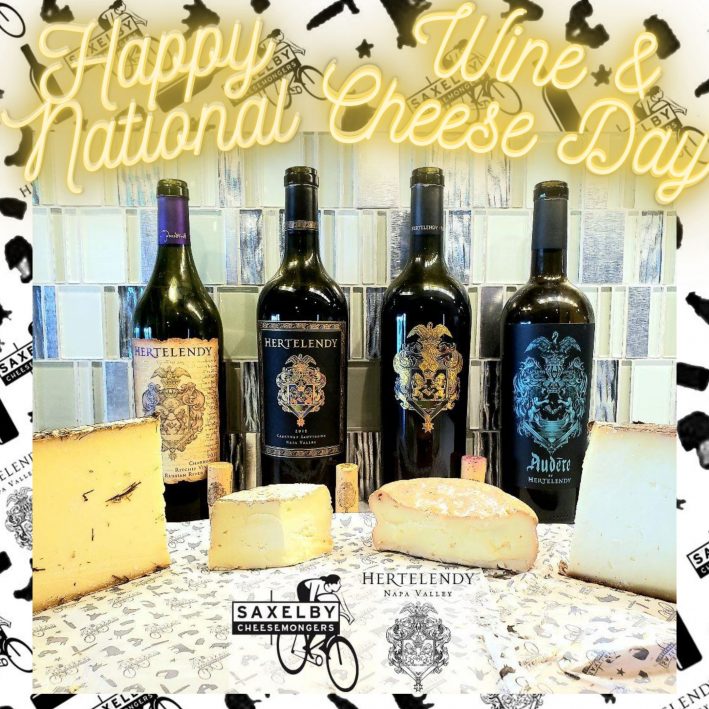
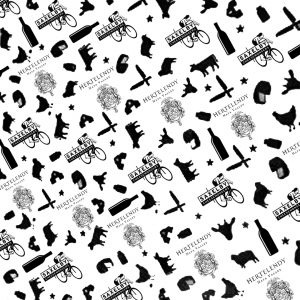
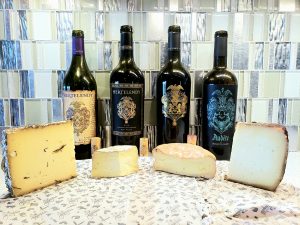
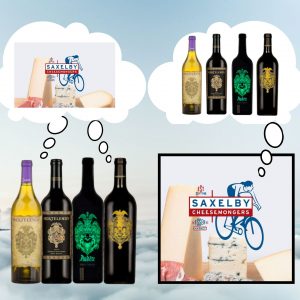
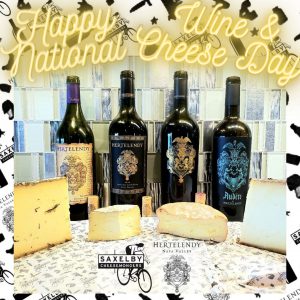
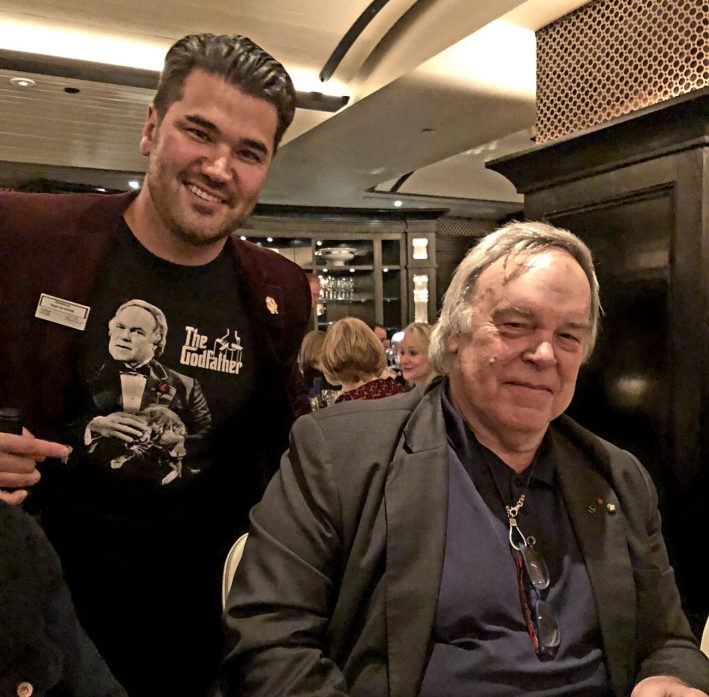
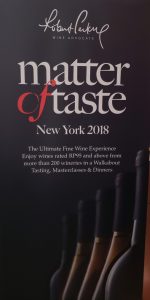
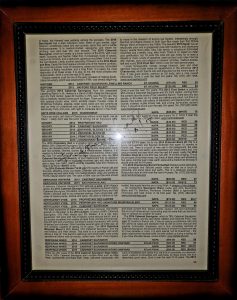
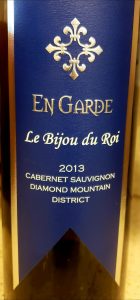

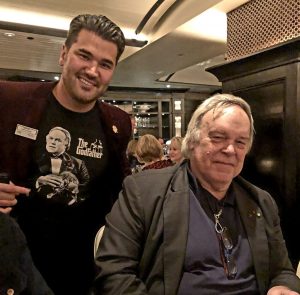
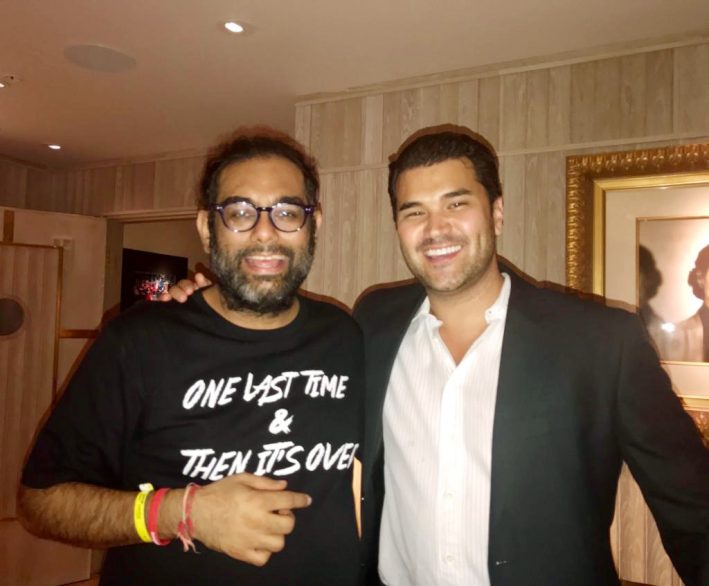
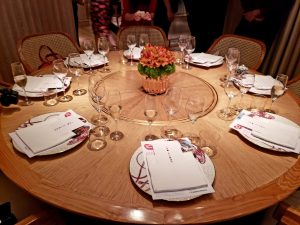


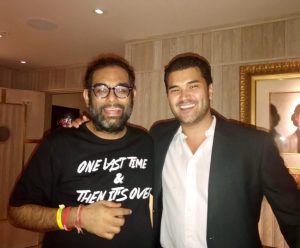
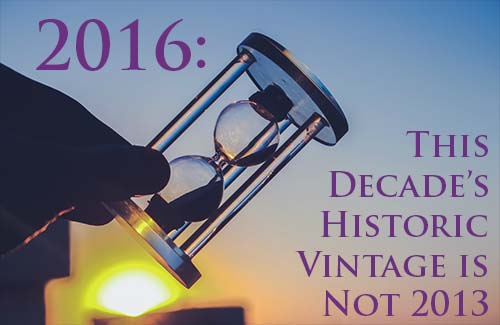
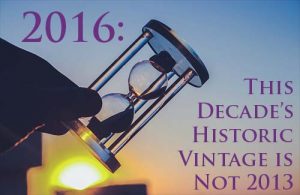 What exactly makes a vintage “epic” or “historic?” What’s the secret special sauce that promotes it from ordinary to extraordinary? People hail Bordeaux’s 1982 vintage as if though it were a magical celestial event where the stars and constellations aligned, unlocking another dimensional realm allowing unicorns to sprinkle rainbows and fairy dust into those wines. I may be over exaggerating just a little bit, but seriously, what was it about the ’82 vintage that made it so significant in comparison to its neighboring vintages? We still hear about it to this day.
What exactly makes a vintage “epic” or “historic?” What’s the secret special sauce that promotes it from ordinary to extraordinary? People hail Bordeaux’s 1982 vintage as if though it were a magical celestial event where the stars and constellations aligned, unlocking another dimensional realm allowing unicorns to sprinkle rainbows and fairy dust into those wines. I may be over exaggerating just a little bit, but seriously, what was it about the ’82 vintage that made it so significant in comparison to its neighboring vintages? We still hear about it to this day.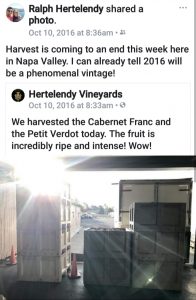

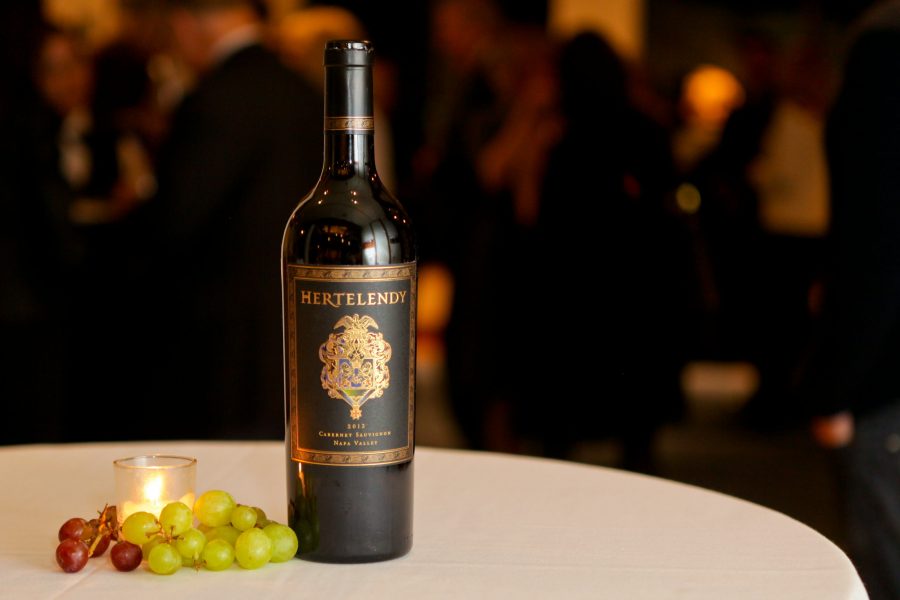
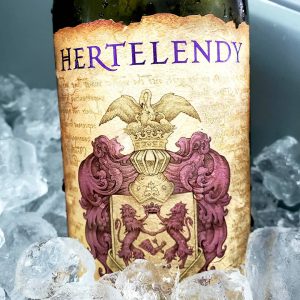 If you were to ask me when to drink the Hertelendy Chardonnay, my typical response is that it’s ready now regardless of vintage
If you were to ask me when to drink the Hertelendy Chardonnay, my typical response is that it’s ready now regardless of vintage